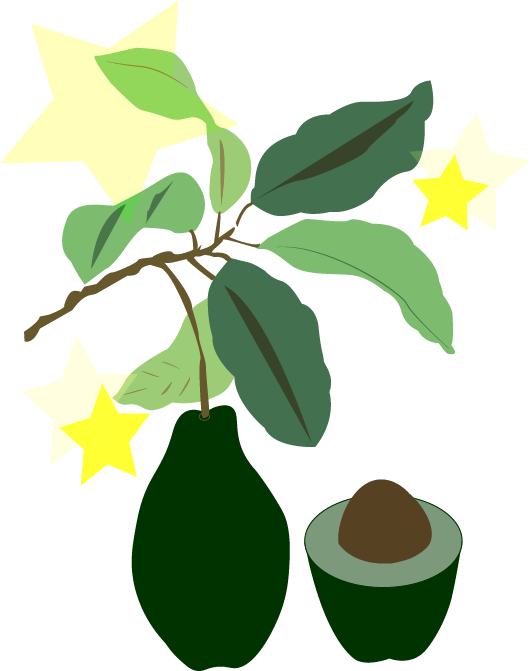About the Avocado Plant
This site contains: information about the avocado tree plant "Avocado" which can create beautiful colors when Naturally dyed. You eat it. You love it. You enjoy Guacamole and avocado toast. But, do you know how spectacular the avocado plant truly is?

How are they made?
Natural dyes are dyes or colorants derived from plants, invertebrates, or minerals.The majority of natural dyes are vegetable dyes from plant sources—roots, berries, bark, leaves, and wood—and other biological sources such as fungi.
Fun Facts you might have not have known
Natural dyes are dyes or colorants derived from plants, invertebrates, or minerals. The majority of natural dyes are vegetable dyes from plant sources—roots, berries, bark, leaves, and wood—and other biological sources such as fungi.
The avocado is unusual in that the timing of the male and female flower phases differs among cultivars. The two flowering types are A and B. A-cultivar flowers open as female on the morning of the first day and close in late morning or early afternoon. Then they open as male in the afternoon of the second day. B varieties open as female on the afternoon of the first day, close in late afternoon and reopen as male the following morning. The avocado (Persea americana), is a tree originating in the Americas which is likely native to the highland regions of south-central Mexico to Guatemala.It's classified as a member of the flowering plant family Lauraceae. The fruit of the plant, also called an avocado (or avocado pear or alligator pear), is botanically a large berry containing a single large seed. Avocado trees are partially self-pollinating, and are often propagated through grafting to maintain predictable fruit quality and quantity.Avocados are cultivated in tropical and Mediterranean climates of many countries, with Mexico as the leading producer of avocados in 2019, supplying 32% of the world total.The fruit of domestic varieties has a buttery flesh when ripe. Depending on the variety, avocados have green, brown, purplish, or black skin when ripe, and may be pear-shaped, egg-shaped, or spherical. Commercially, the fruits are picked while immature, and ripened after harvesting.